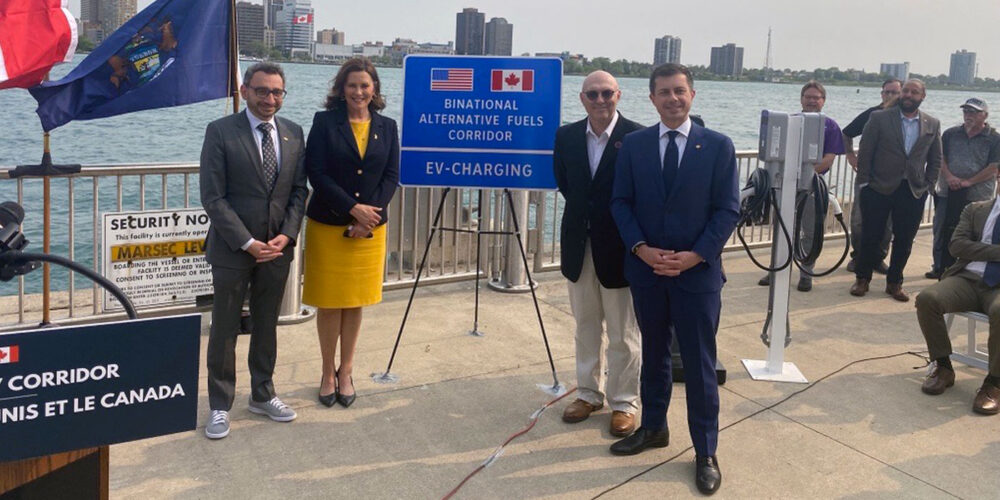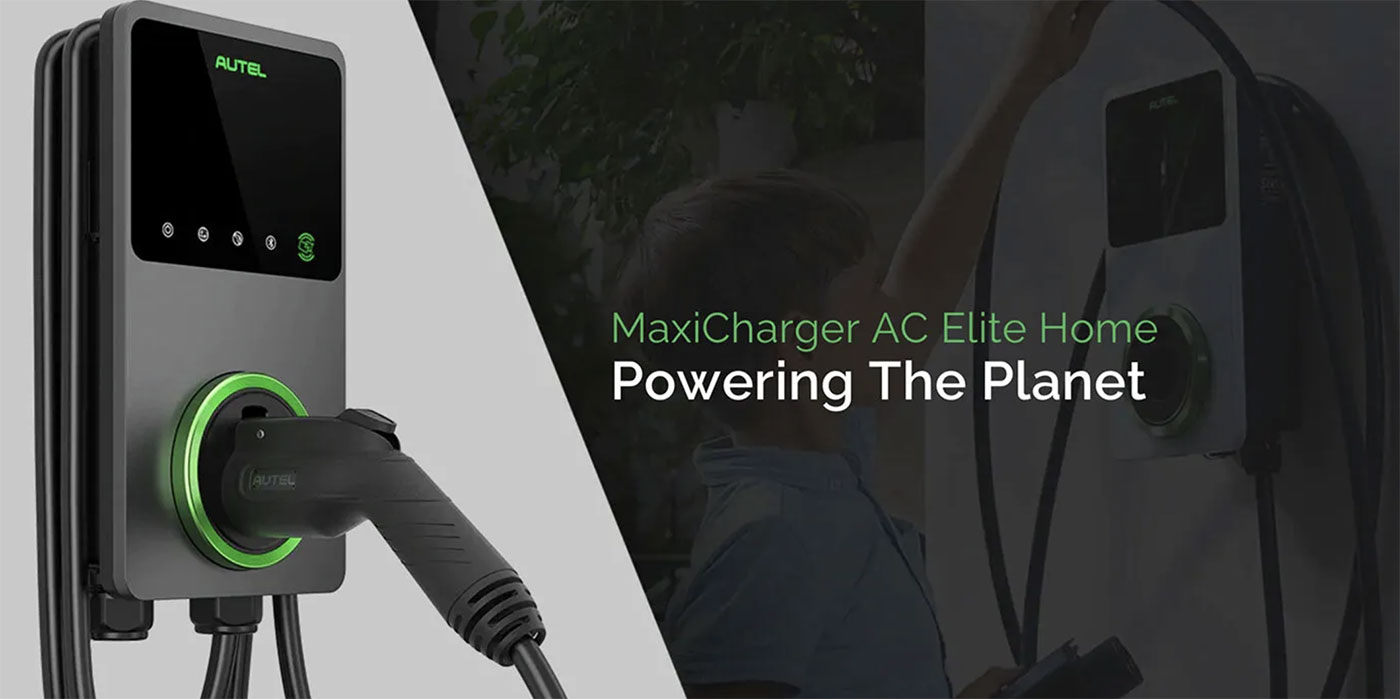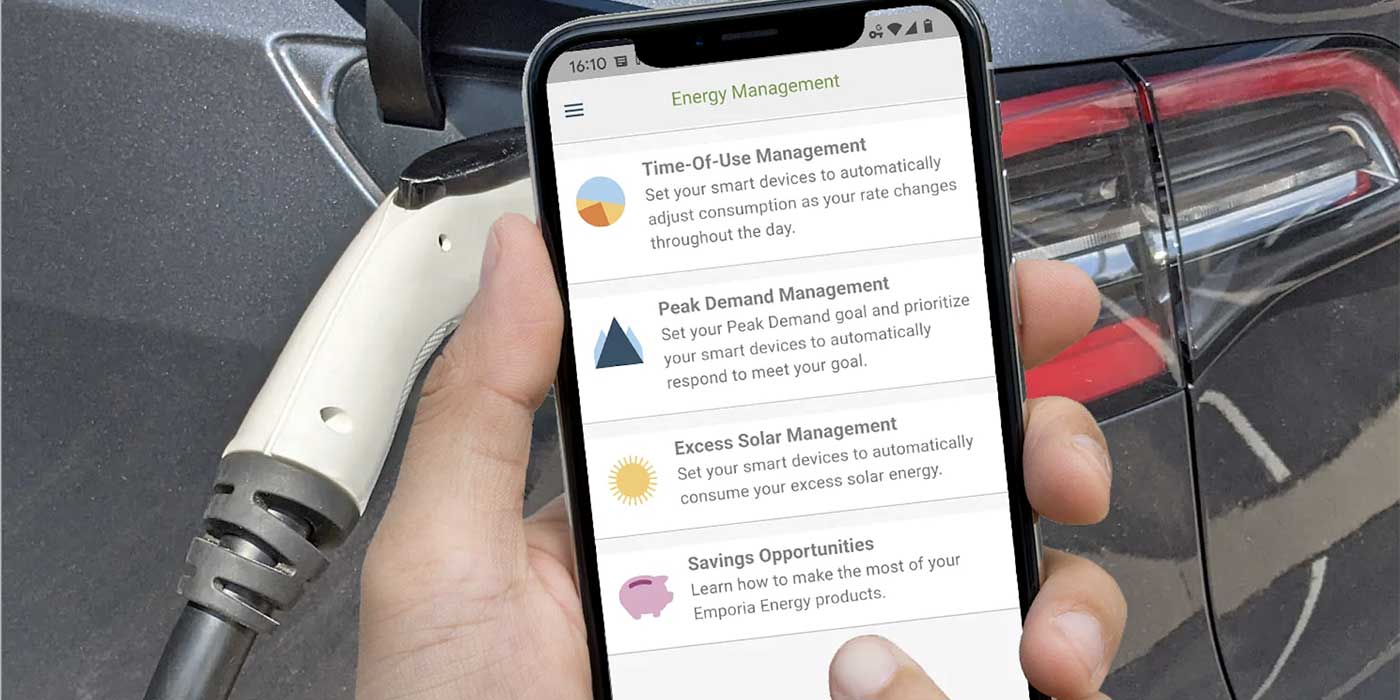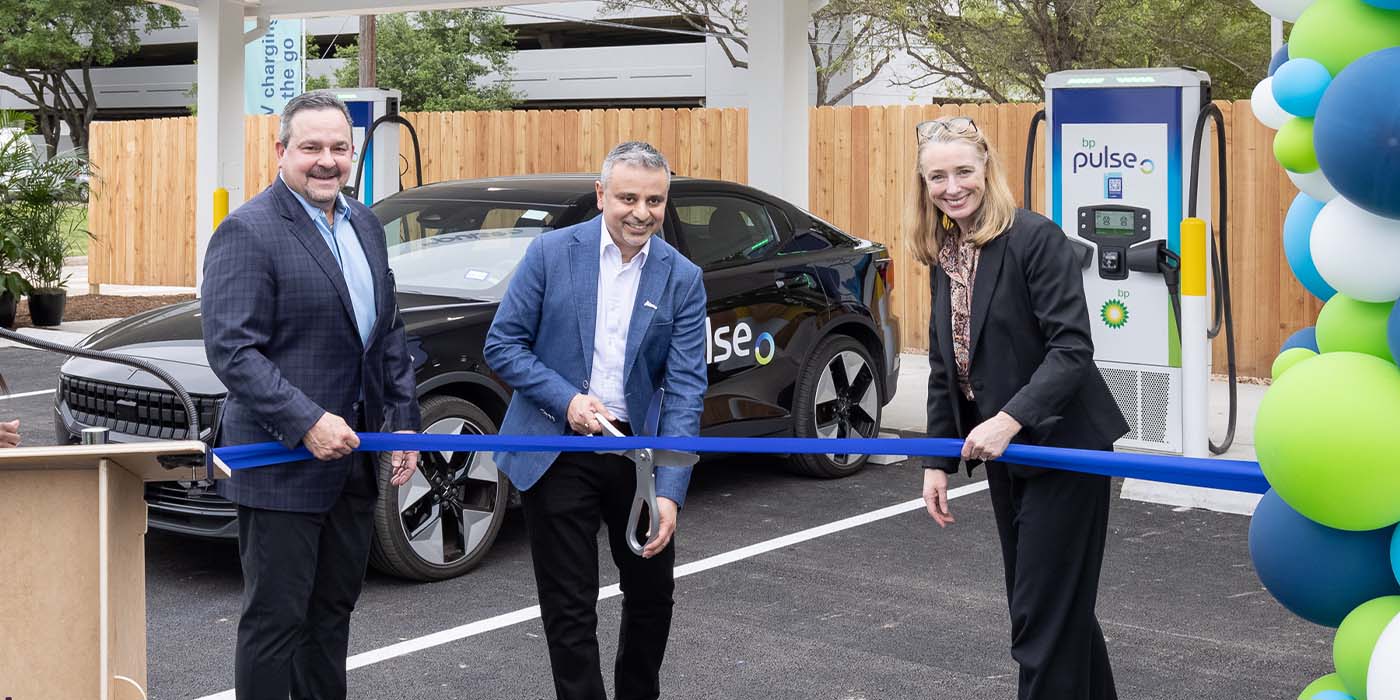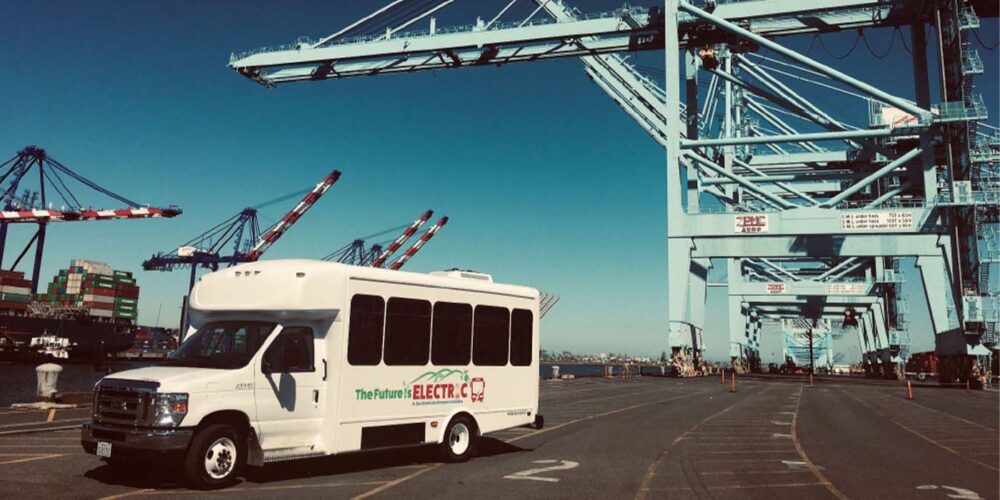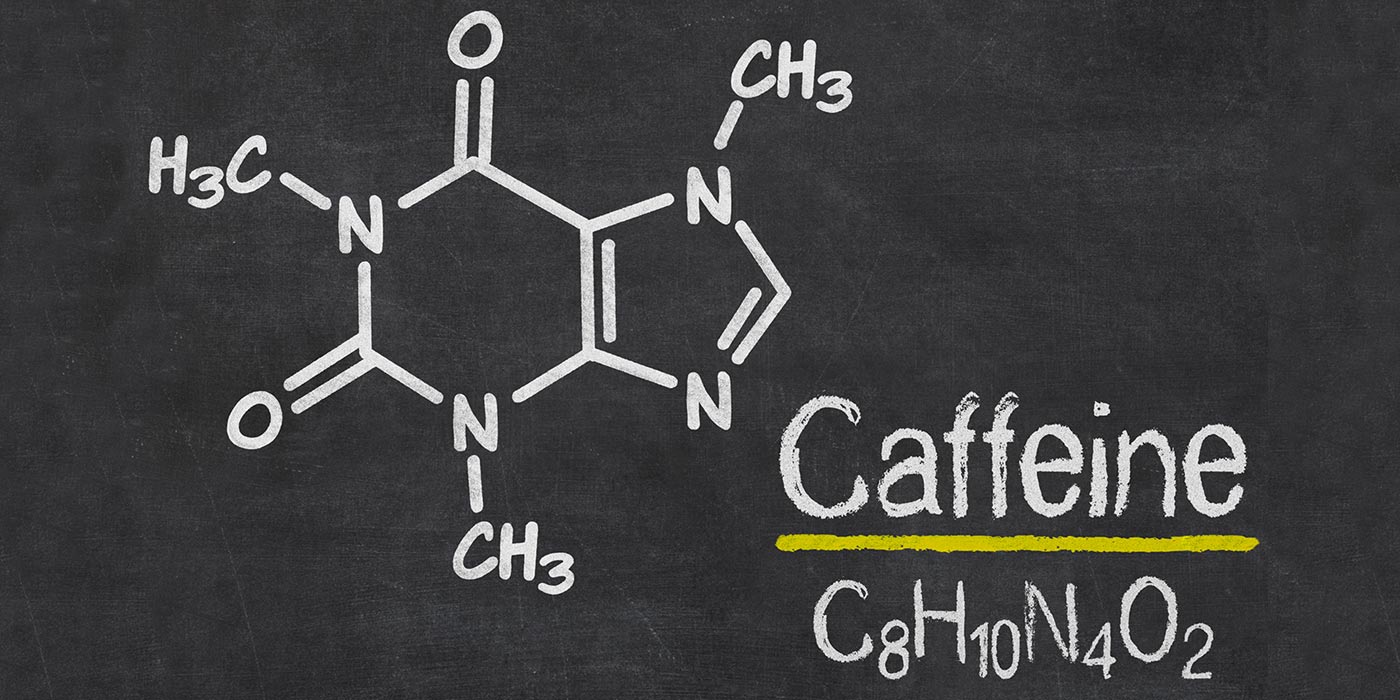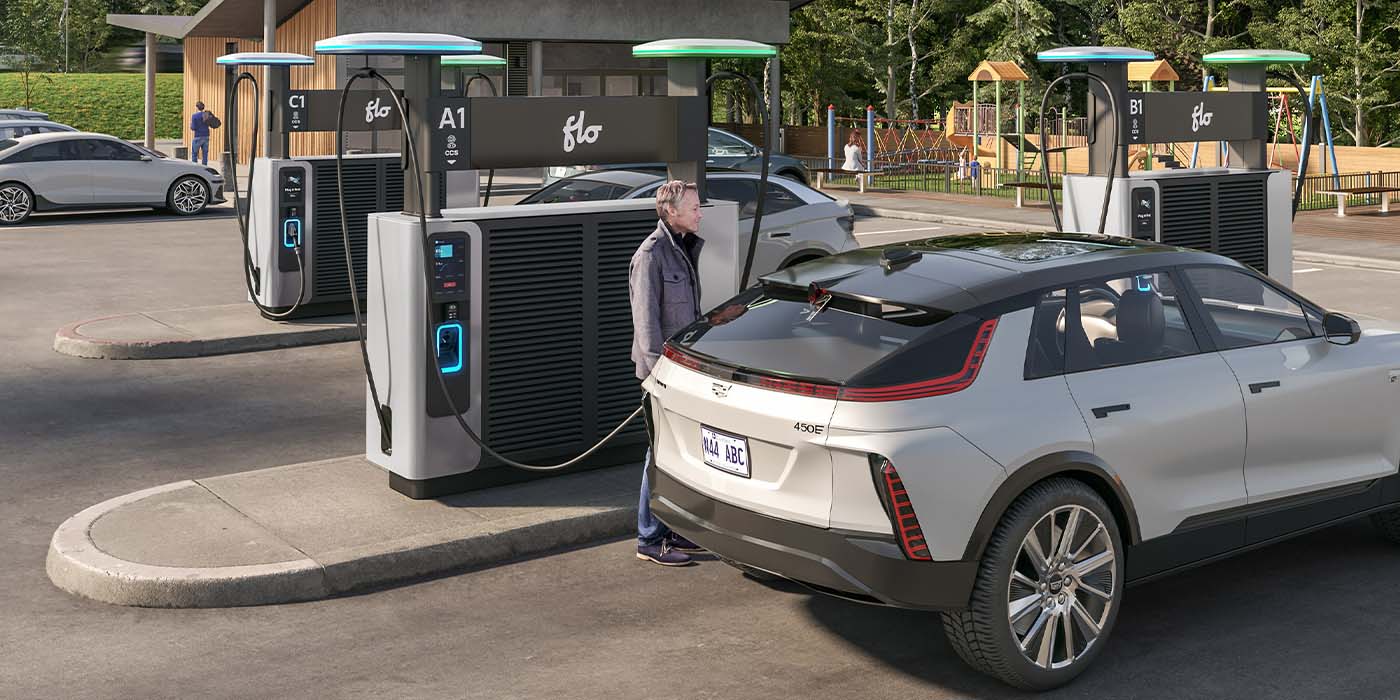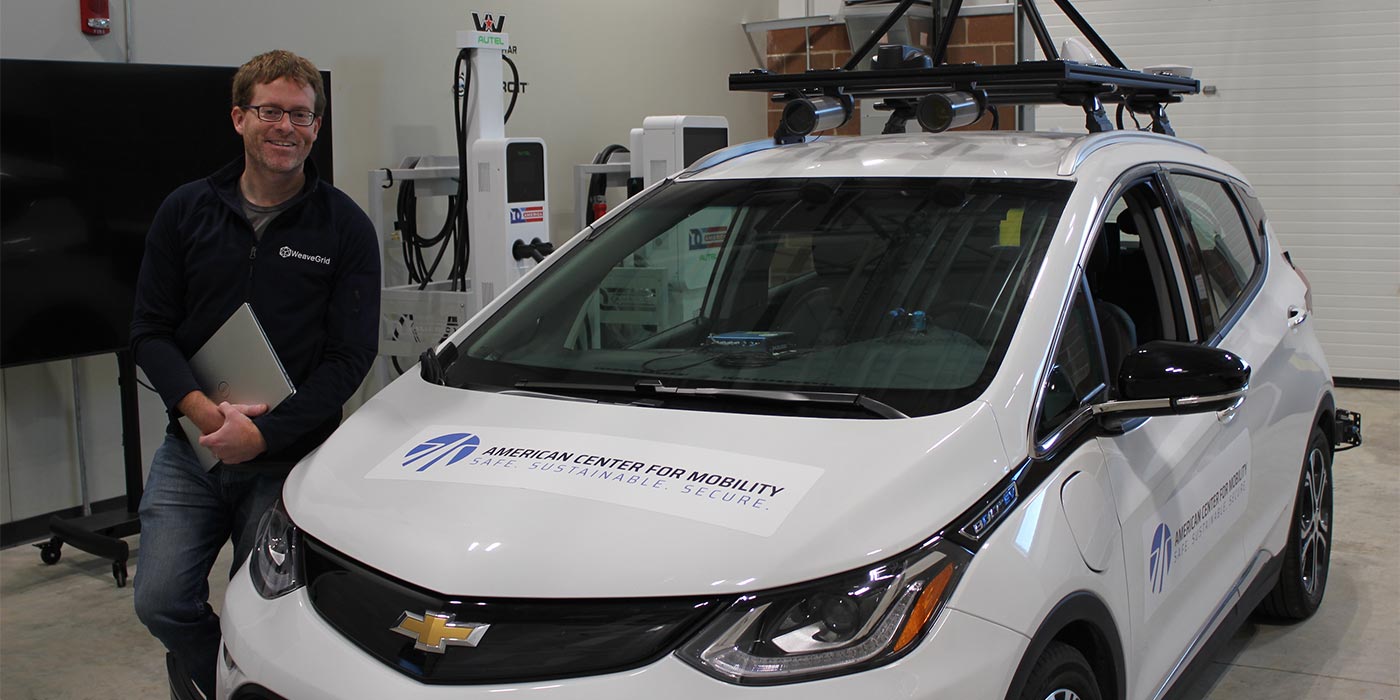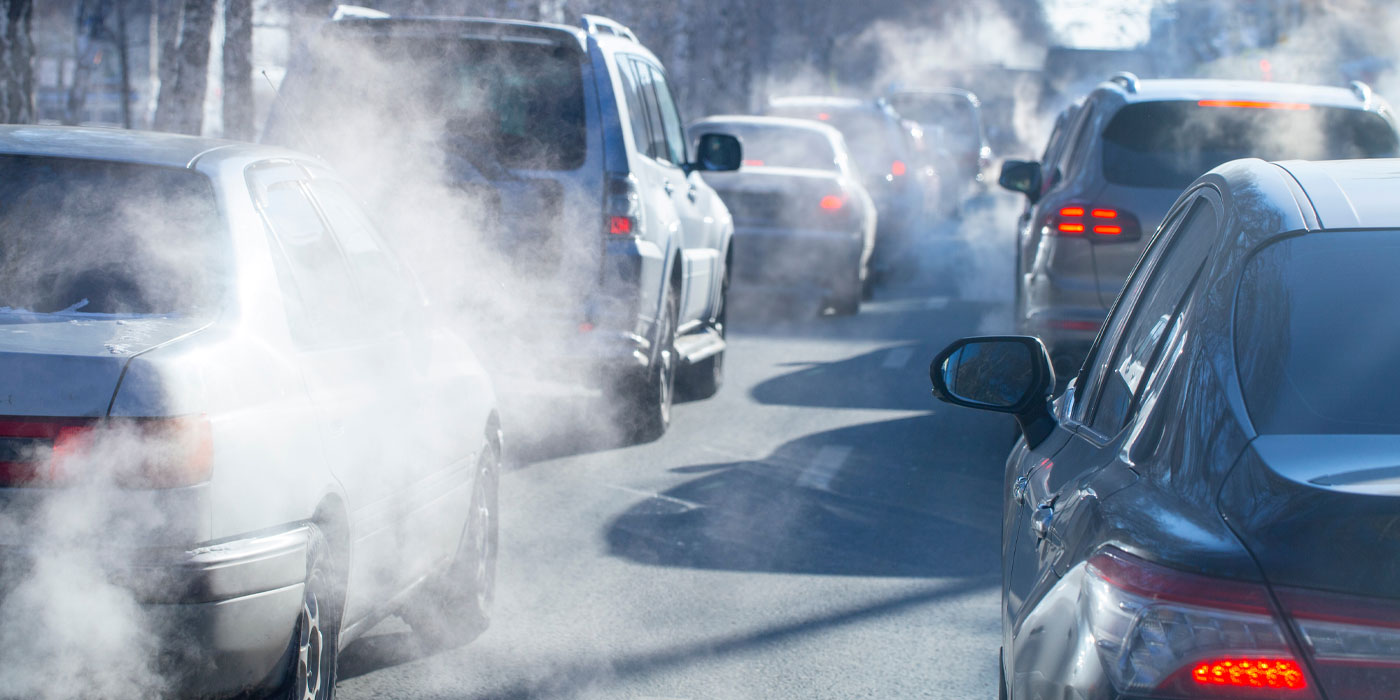U.S. Transportation Secretary Pete Buttigieg joined Canadian Minister of Transport Omar Alghabra, Michigan Governor Gretchen Whitmer, Detroit Mayor Mike Duggan, and IBEW Member Bill Baisden to announce the first Binational Electric Vehicle (EV) Corridor. According to the U.S. Department of Transportation, the new EV corridor will stretch from Kalamazoo, Michigan, to Quebec City, Quebec, tapping into the 75,000+ miles of “Alternative Fuel Corridors” in the United States. The corridor will feature DC fast chargers approximately every 50 miles, or 80 kilometers.
The announcement comes shortly after President Biden’s March visit to Canada, where he and Prime Minister Trudeau committed to working together to harmonize EV charging standards and develop cross-border alternative fuel corridors between the U.S. and Canada.
While in Detroit, Buttigieg also hosted a conversation at the APEC summit about ensuring the benefits of an EV future reach all communities, from where federally-funded chargers are located, to how they are financed.
Biden’s administration has set a goal of having 50% of all new vehicle sales in the U.S. be electric by 2030. This goal is supported by the Bipartisan Infrastructure Law, the CHIPS Act, and the Inflation Reduction Act, which have already spurred hundreds of billions of dollars in private-sector investment in EV car and battery manufacturing, according to the U.S. Department of Transportation.
The Bipartisan Infrastructure Law alone includes $7.5 billion in federal funding to help build a national network of 500,000 public EV chargers.
In Canada, one in 10 new vehicles purchased is already a zero-emission vehicle, the U.S. Department of Transportation says.

